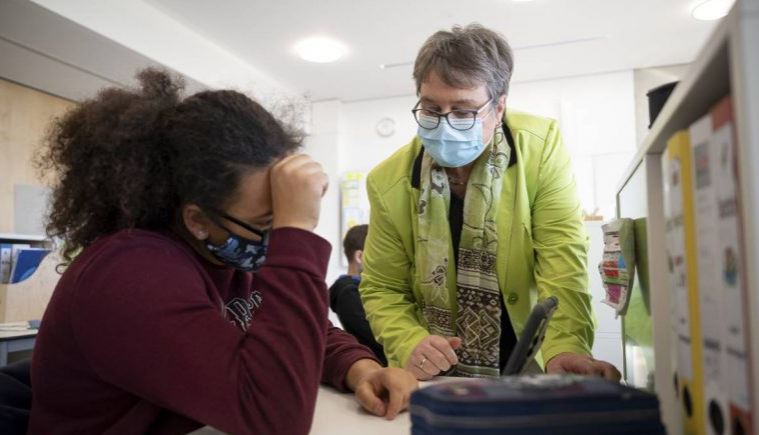OSLO, NOV 27 – Last week, for the first time since the first half of October, fewer new infections were reported than the week before. The infection reproduction number (R) has fallen to 1.0.
In epidemiology, the basic reproduction number (R) is the expected number of cases directly generated by one case.
The data was revealed in the National Institute of Public Health’s (FHI) latest weekly report.
A total of 3,621 infection cases were reported in week 47, a decrease from 4,080 in week 46.
“That is 11% less than the week before. That’s promising news,” FHi director Camilla Stoltenberg said when she presented the figures at the government’s coronavirus press conference on Wednesday.
Uncertainty about cause
Stoltenberg is still hesitant to make conclusions.
“The reduction in the number of infections may be due to the fact that we see results from the new measures.
“We hope and we believe that is the reason – at least the most important reason. But it could also be a result of fewer people testing themselves,” she said.
In its weekly report, the FHI points out that the number of tested subjects fell by 16% from week 46 to week 47.
At the same time, the proportion of positives increased from 2.77% in week 46 to 2.92% in week 47.
An R-number of 1.0
The FHI’s mathematical models also show that the increase in infection spread has stopped after November 5.
The infection rate R has fallen to 1.0 from a level of 1.4 in mid-October.
“In this context, a fall from 1.4 to 1.0 is significant,” Stoltenberg said.
“The goal is for the reproduction number to be below 1.0. Then fewer and fewer will be infected.
“But the situation is still unstable, and there is a danger that the infection may increase again… Work on stopping the spread must continue.”
Large variations
In the weekly report, the FHI writes that there are still large geographical variations in the spread of infection.
Oslo has the most infection, with 336 reported cases per 100,000 inhabitants in the last two weeks in total. The number of infected people in Oslo has been stable during this period.
Trøndelag has the least infection, with 31 reported cases per 100,000 in the last two weeks.
Imported mutations
The FHI has also performed genetic analyzes of the viruses in Norway.
These analyzes indicate that several recent outbreaks up to early November, such as those in Hyllestad, Våler, and Tromsø, are due to newly imported virus strains.
At the same time, it turns out that a subgroup of the virus with a mutation called A626S in the characteristic “spike” protein has now spread to all parts of the country.
Similar mutations have been seen in different Eastern European countries, and the first case of this mutation in Norway appears to have been imported from Poland.
Poland is also the country from which most infected people come. But the vast majority of those who were reported infected during the last two weeks, 93%, were infected in Norway.
Only 1% came from Poland.
--------------------------------------------------------------
COURTESY NORWAYTODAY
---------------





